Is it nearly time to dump Windows for Chrome OS?
Google shows Microsoft how it’s done with OS updates, but there’s still one thing missing
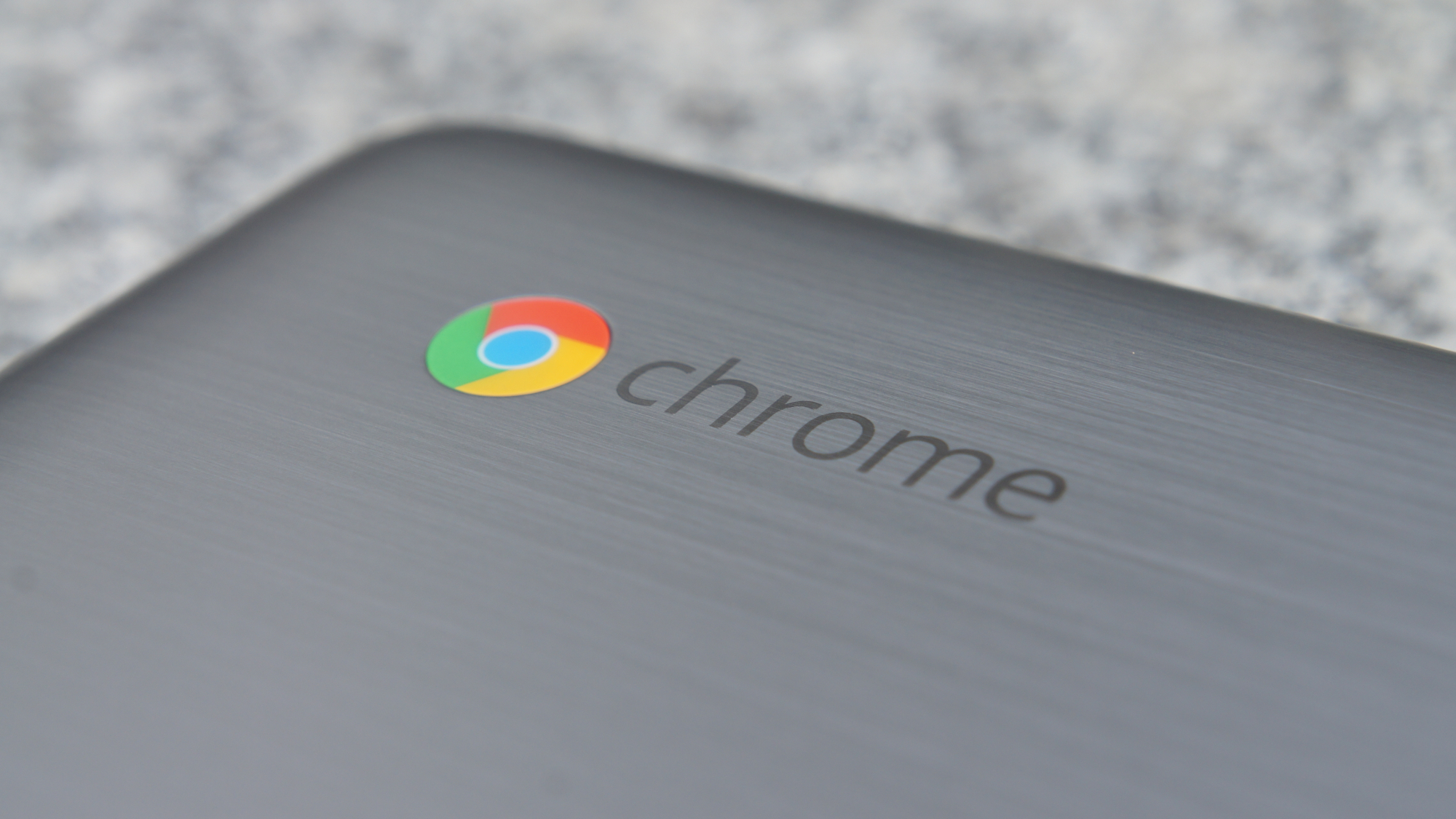
A few days ago, my Chromebook told me it would like to reboot in order to update its operating system. I'd just made a cup of tea at the time (Bai Mu Dan if you're interested). I hit the power button and nervously watched the progress bar a habit picked up from 30 years of Windows use and it finished updating while the tea was still hot. With the reboot done, a pop-up informed me that I could now download and run Android apps on the Chromebook. That was worth another biscuit (Lotus Biscoff, since you ask).
Running Android apps on the Chromebook had been an ambition of mine for most of the previous year, but up until now it had involved adventures in Developer Mode that I didn't want to attempt. The first driver of this ambition was a need to program in Python on the machine, satisfied instantly by downloading the Android version, QPython3. It compiled and ran everything I've written under Windows, the only change required being to prefix any file paths with "/storage/emulated/0".
Almost as strong was a desire for certain Android apps I had come to depend upon, including the PC Pro Award-winning Citymapper. I had tried the browser-based version for Chrome, but it was so inferior to the Android app in UI terms that I preferred to use it on my phone or tablet. And that brings me to the main point of this column: like Windows' native applications, Android apps exploit the hardware (especially screen real estate) so much better than browser-based versions that there's no contest.
Another app I use every day is Spotify, on which I listen to music at home via Windows or Chrome OS, or while walking on heath and park on my phone. But, until this update, I had three versions of the Spotify client that differed from one another in various ways; some subtle, some downright infuriating. The Windows version is the most complete, as it supports playlist folders to organise my scores of lists, and also drag-and-drop to rearrange these folders and their contents.
The Android version has folders that aren't drag-and-drop, but it does support a new UI with a taskbar at the bottom that's easier to use on small phone screens. The browser version I'd been using on the Chromebook is a nightmare that doesn't support folders at all, and steamrollers them into un-navigable flat lists that aren't even complete: the Artists tab only displays a fraction of what's there. Spotify deprecates playlists in favour of its newer, non-hierarchical Your Music (Save| Songs| Artists| Albums) system, hence this bodge that I enjoyed uninstalling.
The combination of Google Contacts, Calendar and the ever-increasingly-wonderful Google Keep ensures that all my appointments, addresses, notes and other important data are always automatically synced between Windows, Chrome and Android machines. I can even do voice dictation on my phone and have it there waiting on the desktop when I get home.
So what about writing? Well, the answer is that I'm writing this column in Google Docs. Running Android means that I could now have Microsoft Word, but in truth I stopped using Office even under Windows several years ago, in favour of LibreOffice. Google Docs does everything I need except for simple macros.
Get the ITPro daily newsletter
Sign up today and you will receive a free copy of our Future Focus 2025 report - the leading guidance on AI, cybersecurity and other IT challenges as per 700+ senior executives
Under Windows, I used external app Macro Express, plus a few Word Basic scripts. I've found an almost complete replacement in a Chrome extension called ProKeys that stores "snippets" of text, complete with placeholders and automatic date and time stamping, which covers 90% of what I want to do. It can't do my text-editing macros, but I can't be bothered to learn Google Docs' JavaScript API and will do without.
Is there a downside? Well, yes: the confusion of three different file locations, the default My Drive in the cloud, the small local Download drive and a separate local Android drive. Apps mostly hide this from you, but it's time Google completed that long-promised merger of Android and Chrome OS.
As a grizzled pioneer of the personal computer revolution, I'll never be entirely happy having everything in someone else's cloud, and will always want local copies of work and vital data, so here's a suggestion. A merged OS (ChromDroid?) might have a file attribute that takes these three values: l = local only; c = cloud only; s = local first, then sync to cloud.
Give me that and Windows would go right, er, out the window.
-
 Should AI PCs be part of your next hardware refresh?
Should AI PCs be part of your next hardware refresh?AI PCs are fast becoming a business staple and a surefire way to future-proof your business
By Bobby Hellard
-
 Westcon-Comstor and Vectra AI launch brace of new channel initiatives
Westcon-Comstor and Vectra AI launch brace of new channel initiativesNews Westcon-Comstor and Vectra AI have announced the launch of two new channel growth initiatives focused on the managed security service provider (MSSP) space and AWS Marketplace.
By Daniel Todd
-
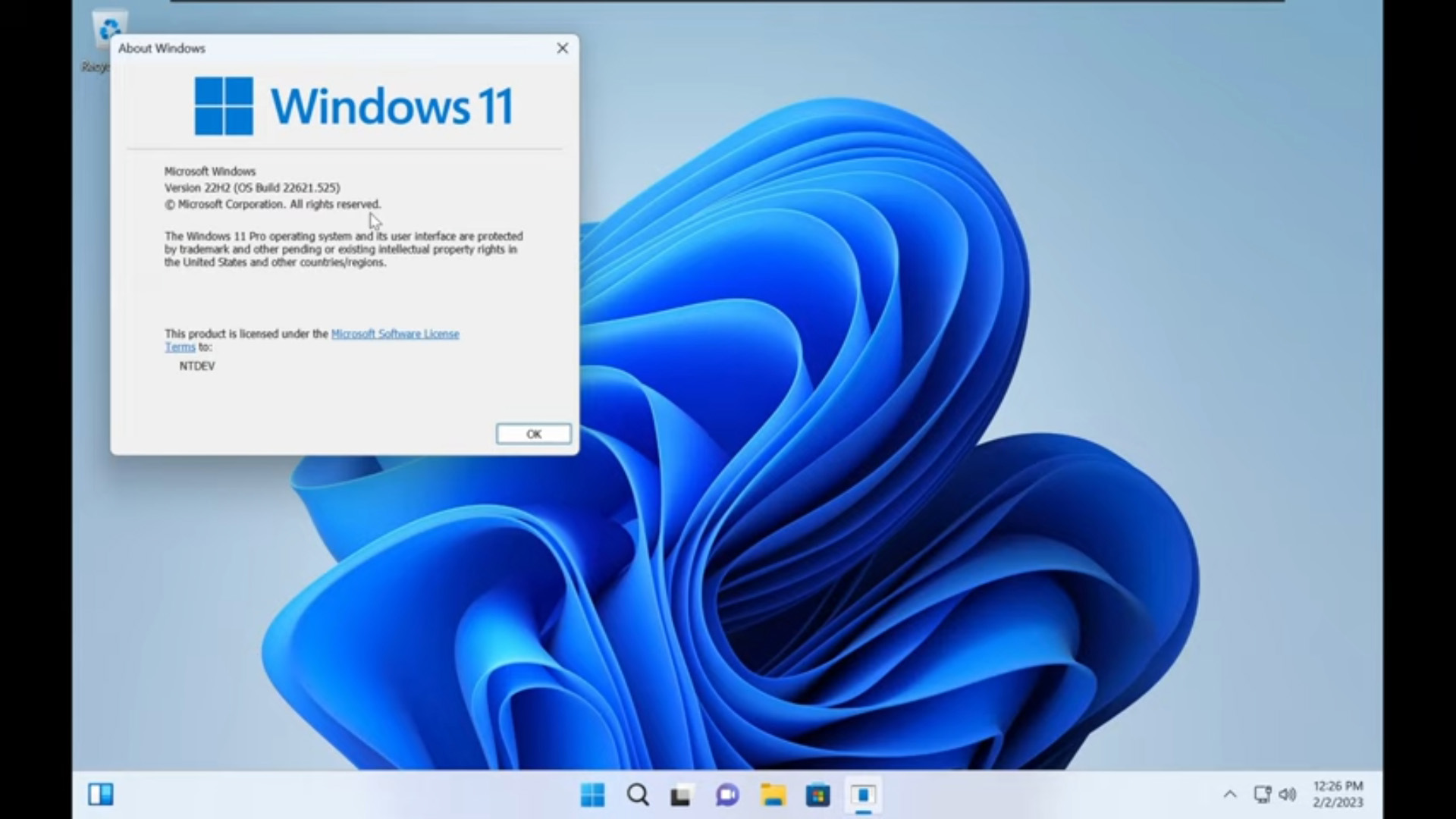 Tiny11 review: Windows 11 with only 2GB of RAM
Tiny11 review: Windows 11 with only 2GB of RAMReview A version of Windows 11 for older machines that don't meet the full requirements
By Nik Rawlinson
-
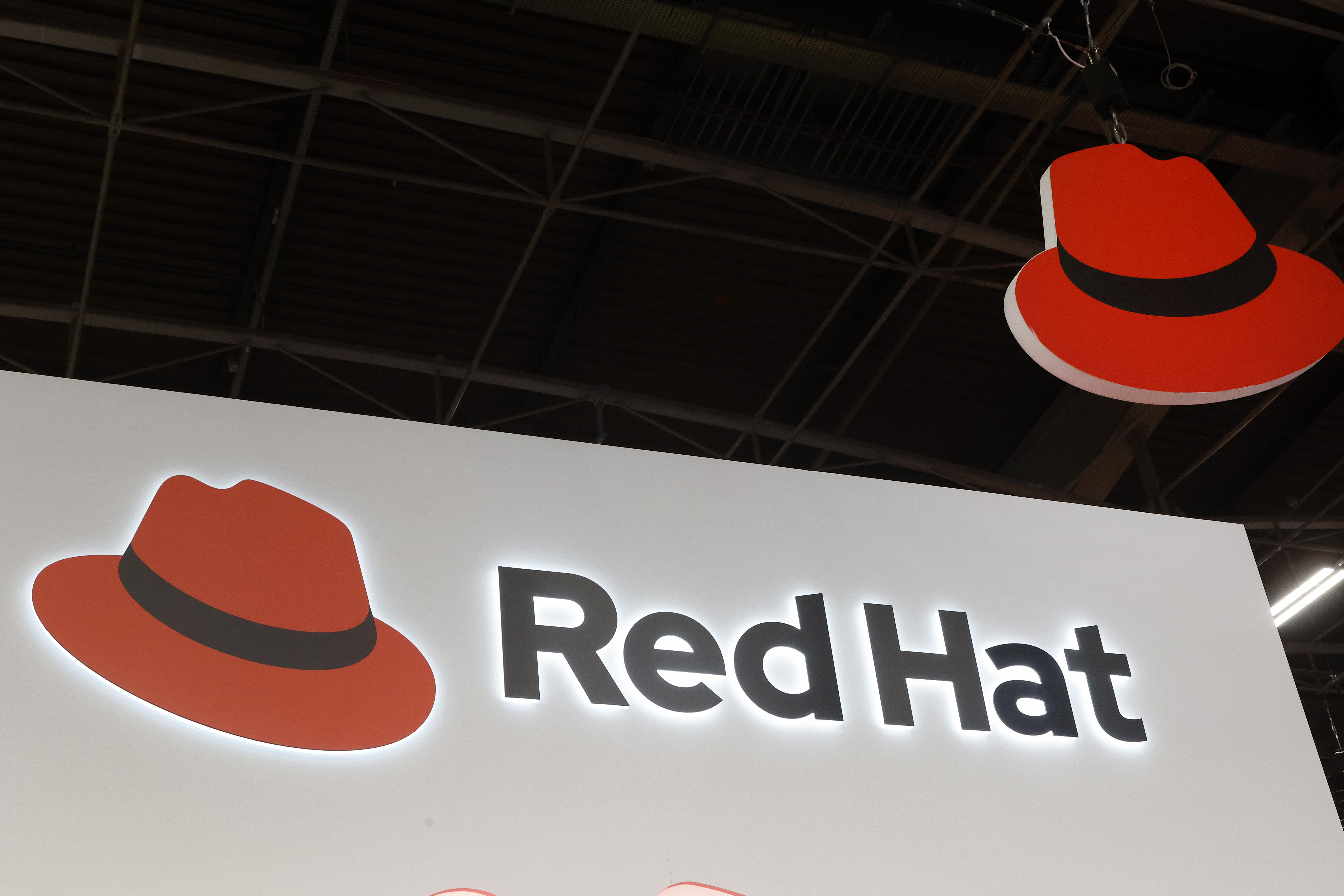 Red Hat Enterprise Linux becomes foundational operating system for Cohesity Data Cloud
Red Hat Enterprise Linux becomes foundational operating system for Cohesity Data CloudNews New strategic partnership between Red Hat and Cohesity aims to drive innovation in the data security and management space
By Daniel Todd
-
 Ubuntu shifts to four-week update cycle
Ubuntu shifts to four-week update cycleNews Critical fixes will also come every two weeks, mitigating the issues involved with releasing prompt patches on the old three-week cadence
By Richard Speed
-
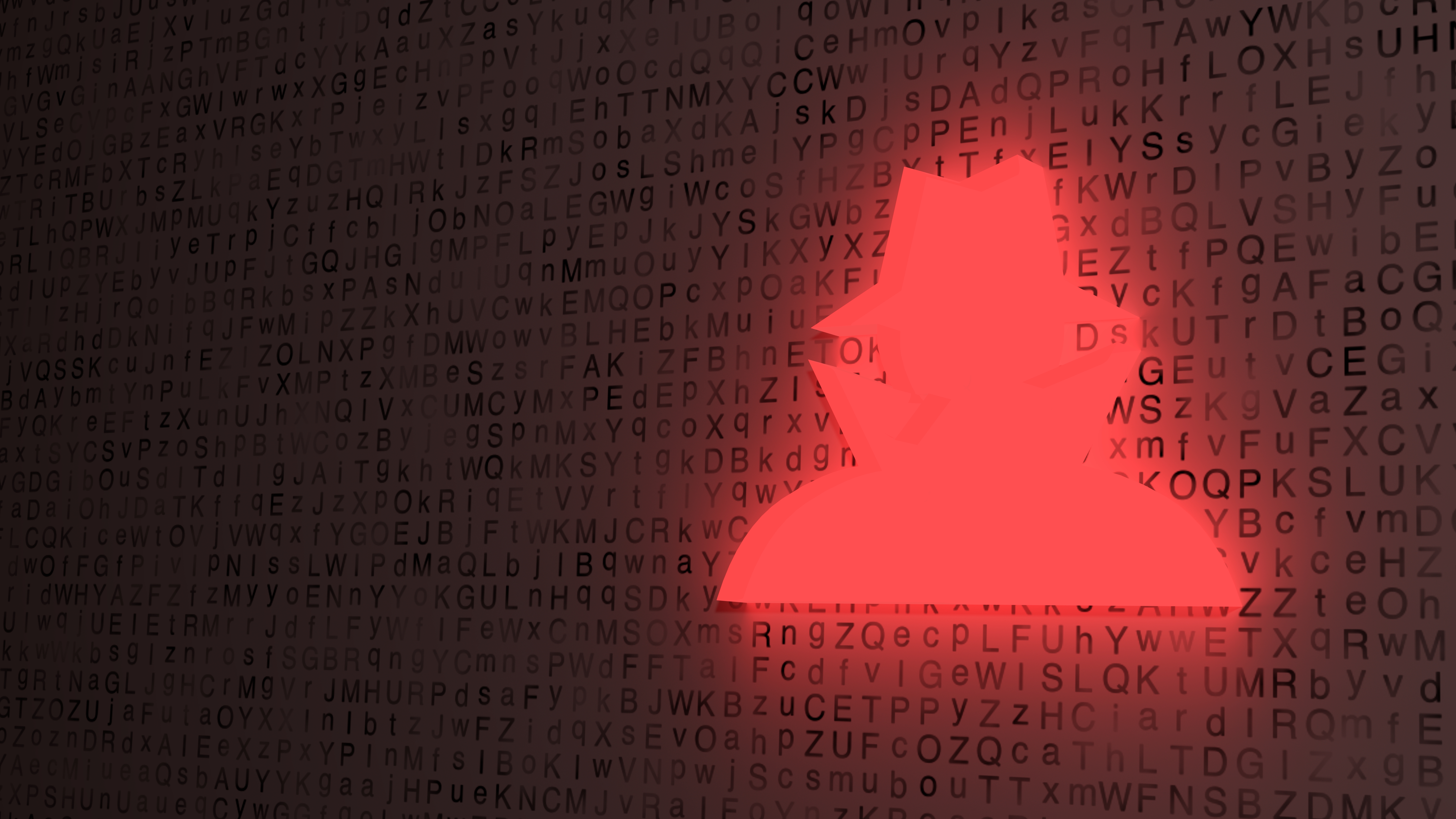 AlmaLinux follows Oracle in ditching RHEL compatibility
AlmaLinux follows Oracle in ditching RHEL compatibilityNews Application binary compatibility is now the aim with 1:1 now dropped
By Richard Speed
-
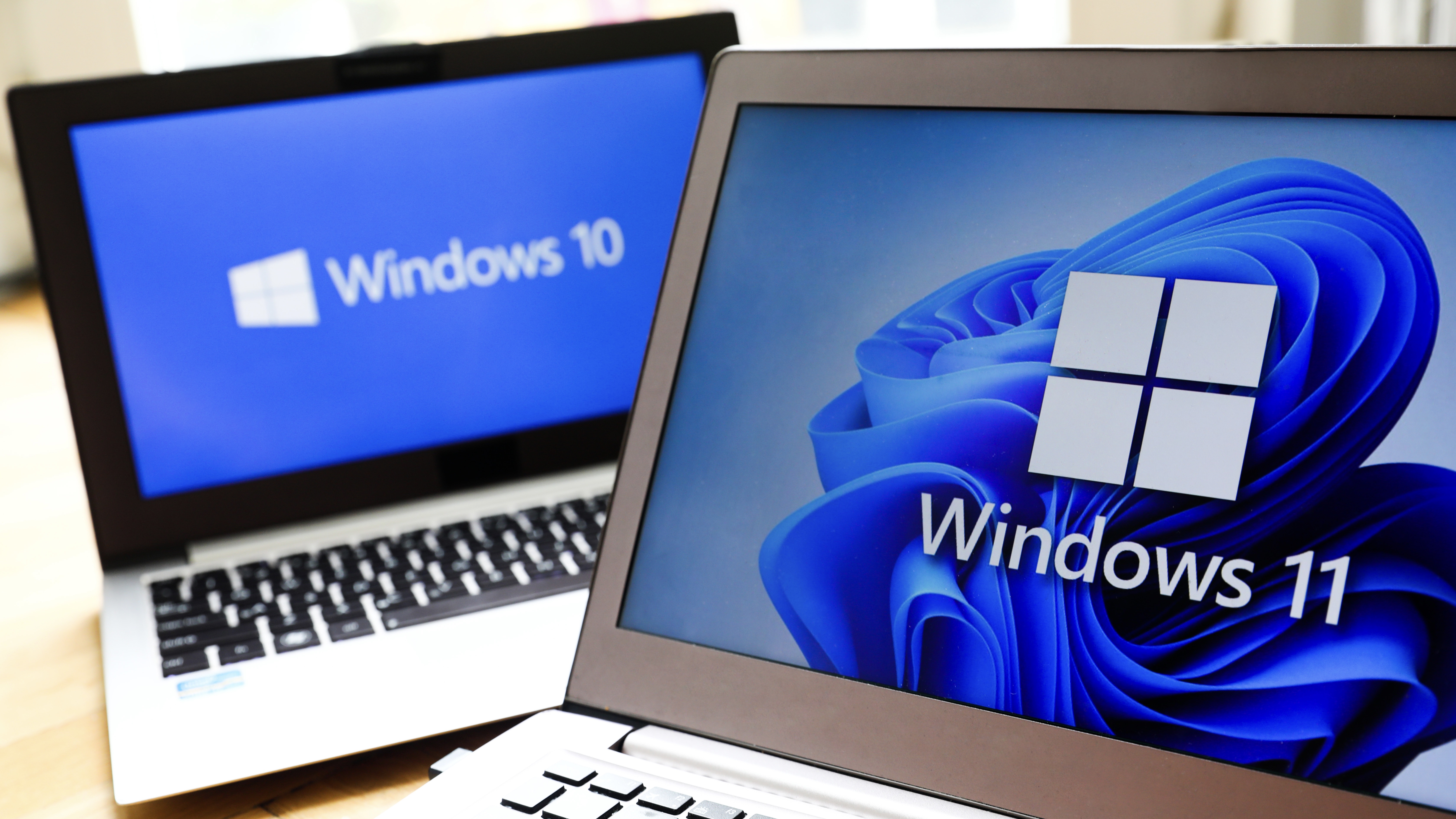 How big is the Windows 10 cliff-edge?
How big is the Windows 10 cliff-edge?ITPro Network With some comparing the upcoming Windows 10 end of life to Windows XP, we ask members of the ITPro Network for their insight
By Jane McCallion
-
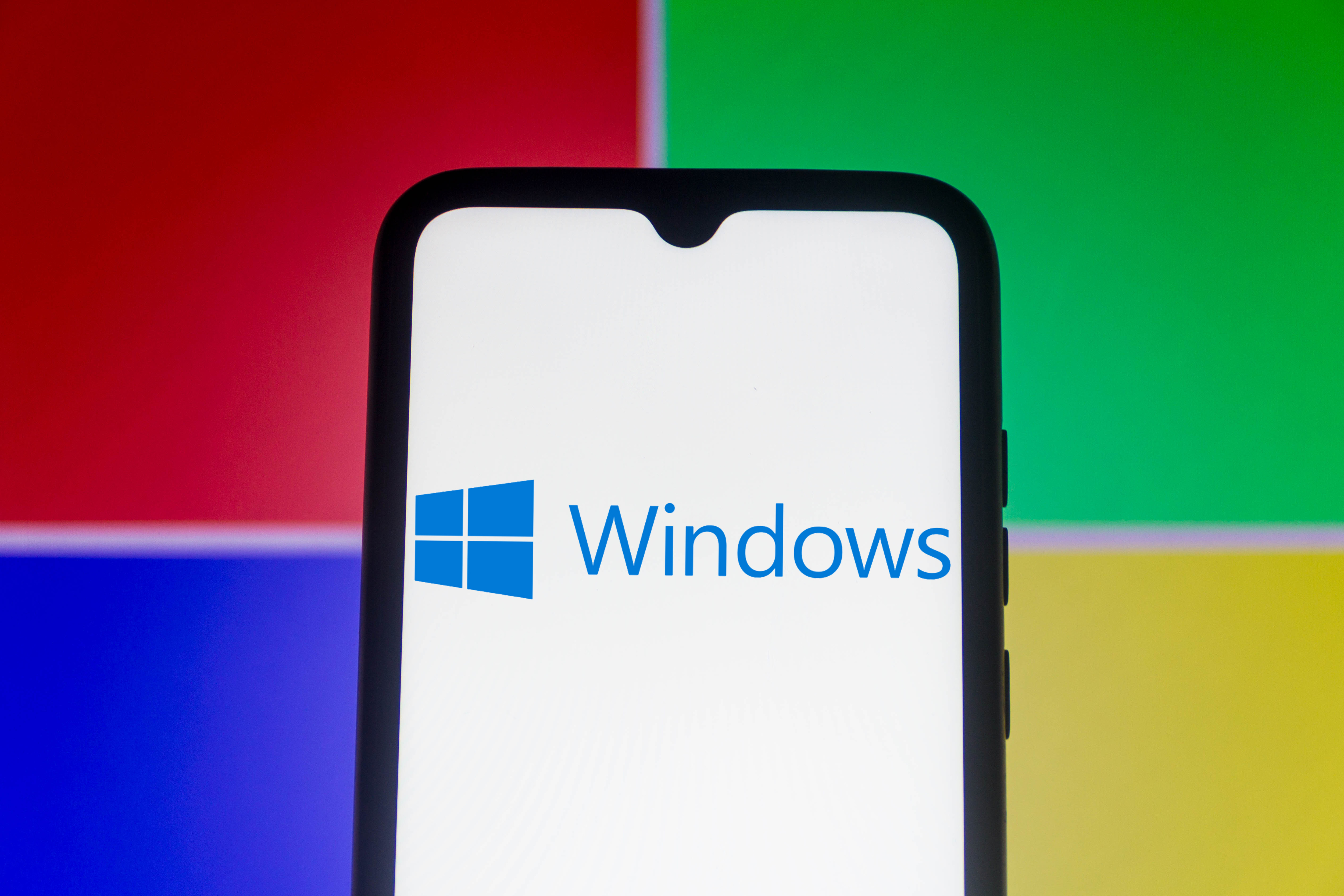 Everything you need to know about the latest Windows 11 updates - from bug fixes to brand-new features
Everything you need to know about the latest Windows 11 updates - from bug fixes to brand-new featuresNews Two new cumulative updates are on the way and will be installed automatically on Windows 10 and Windows 11 machines
By Rory Bathgate
-
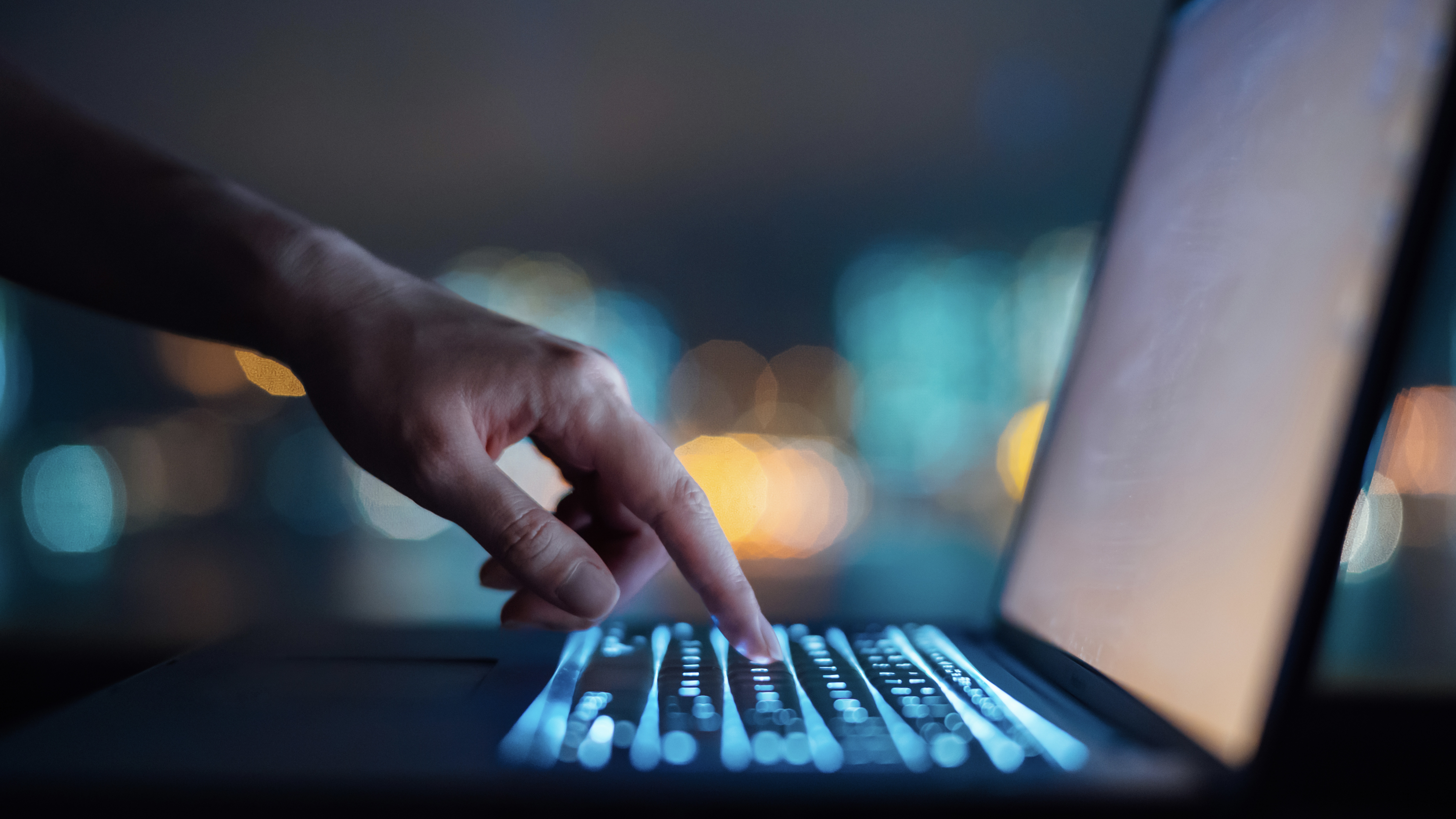 How to download a Windows 11 ISO file and perform a clean install
How to download a Windows 11 ISO file and perform a clean installTutorial Use a Windows 11 ISO to install the operating system afresh
By John Loeppky
-
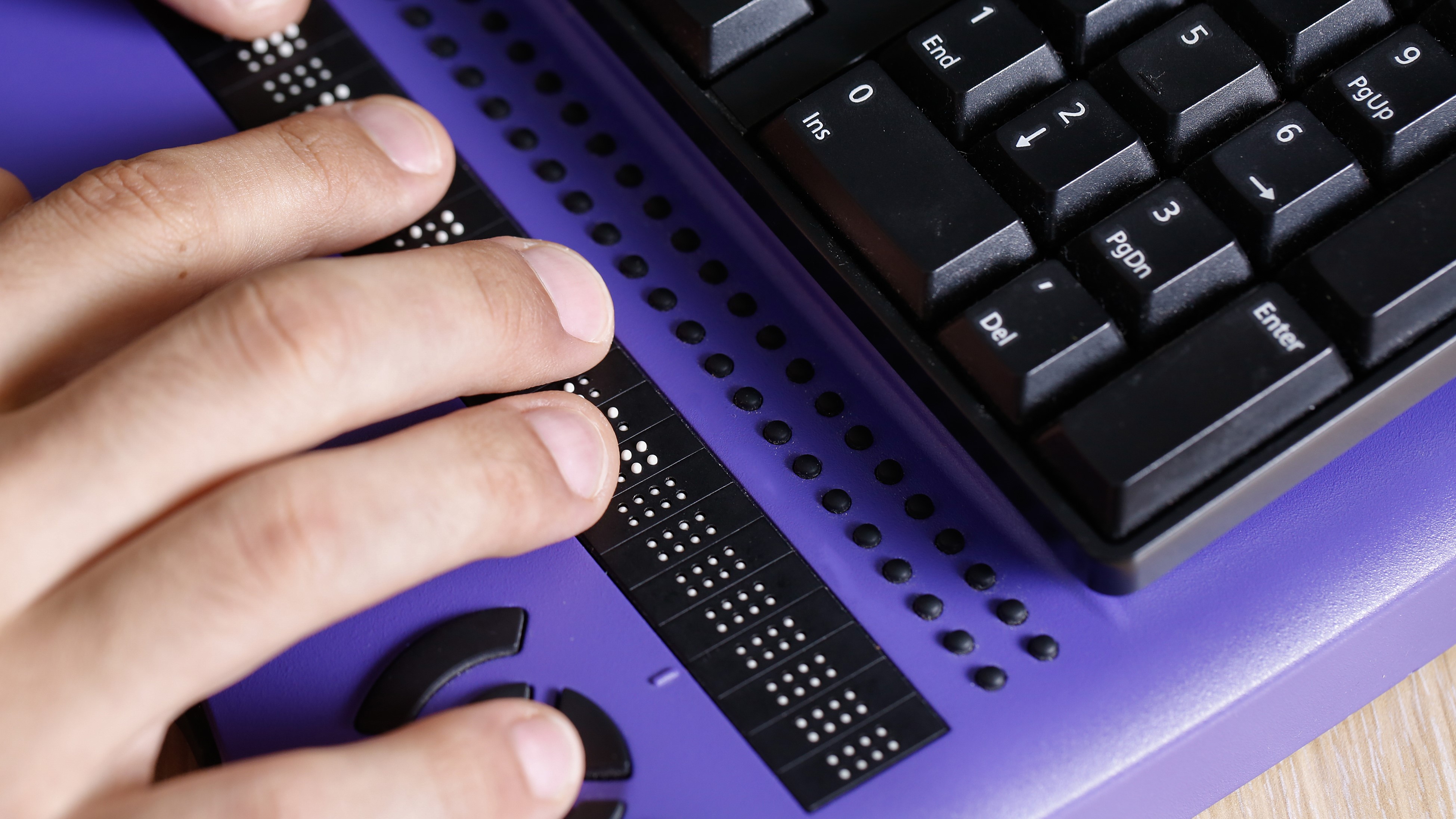 We could all benefit from better Windows and macOS accessibility features
We could all benefit from better Windows and macOS accessibility featuresOpinion Today’s accessibility features can help you work through a nasty injury, but there’s still plenty of room for improvement
By Barry Collins